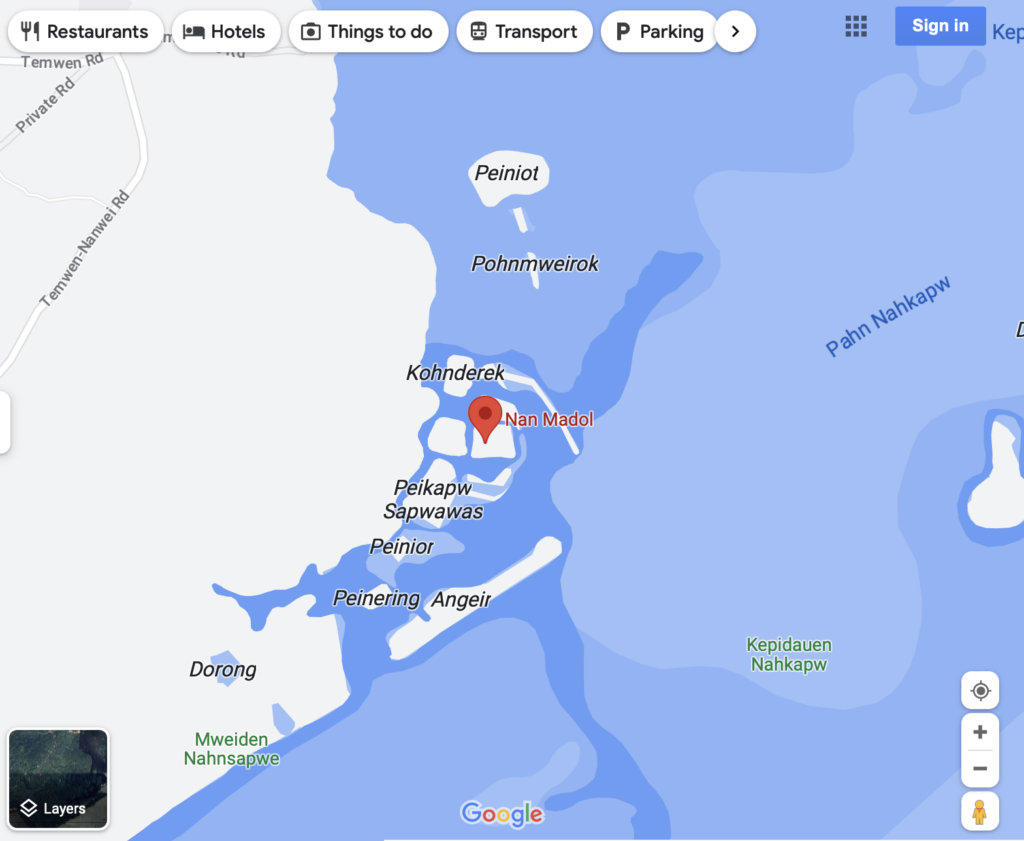Nan Madol: Ancient city ruins under the threat of climate change
Dive into the enchanting world of Nan Madol, where history comes to life and nature’s splendour intertwines with human creativity, forging an extraordinary and memorable experience.

Where is Nan Madol?
Nan Madol is an ancient city located on the eastern shore of Pohnpei Island in Micronesia. It was built around 1200 CE and consists of a complex system of man-made islets and canals made of basalt and coral boulders.
The city is considered one of the most impressive architectural achievements in the Pacific region and served as a political and religious centre for centuries.
Today, it is a tourist attraction and archaeological site where visitors can explore the ruins of the city and learn about its rich history and culture.
Location
Nan Madol is situated on the eastern coast of the island of Pohnpei, which is part of the Federated States of Micronesia. The island is located in the western Pacific Ocean and is one of the largest in the state.
The city itself is built on a series of man-made islets, interconnected by a complex system of canals and waterways. The site covers an area of around 18 square kilometres and is surrounded by a lagoon, adding to its unique and picturesque location.
“
Why would somebody build a city out in the middle of the ocean? Why here, so far away, from any other known civilisation?
“
— Dr Patrick Hunt, Archaeologist
Legends of Nan Madol

Local legends play a significant role in understanding the history of Nan Madol.
According to Pohnpeian oral tradition, the city was built by twin sorcerers, Olisihpa and Olosohpa, who came from a distant land. They are said to have levitated the massive basalt columns into place using their magical powers. The brothers established the Saudeleur Dynasty and ruled over Pohnpei from Nan Madol.
Another significant legend associated with Nan Madol is the story of Isokelekel. According to the legend, Isokelekel was born from a virgin mother impregnated by a god and was destined to liberate the people of Pohnpei from the oppressive rule of the Saudeleur Dynasty.
Isokelekel, along with his warriors, defeated the last Saudeleur king, and his descendants continue to hold traditional leadership roles on the island to this day.
History of Nan Madol
Little is certain about the history of the Nan Madol ruins due to the lack of written records. Several theories have been proposed, including the possibility that the city was constructed by a local ruling class or an advanced, unknown civilization.
The most widely accepted theory is that Nan Madol was built by the Saudeleur Dynasty, which ruled Pohnpei from the 12th to the 16th century. This theory is supported by local legends and archaeological evidence, such as pottery fragments and stone carvings, suggesting that the Saudeleur people were responsible for the city’s construction.
Westerners arriving in 1820 reported recent abandonment of the site, which served as a place for ritual activities and as the home of royalty and their servants. The Saudeleur dynasty ruled the city until their overthrow in 1628 AD by Isohkelekel and his 333 companions, the forefathers of today’s chiefs.
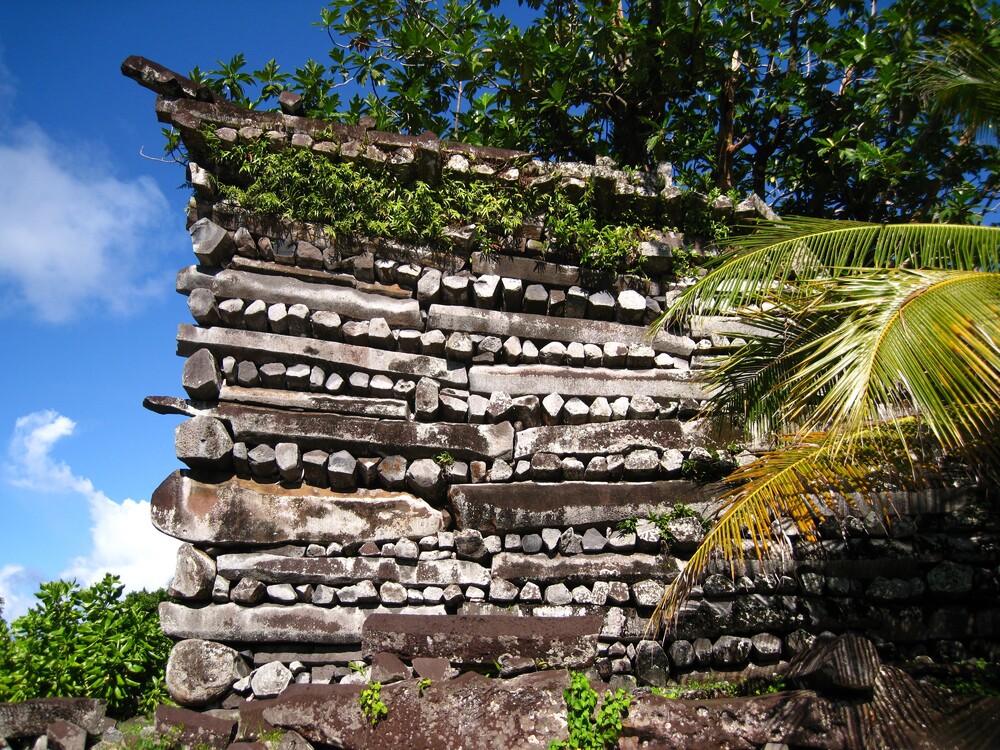
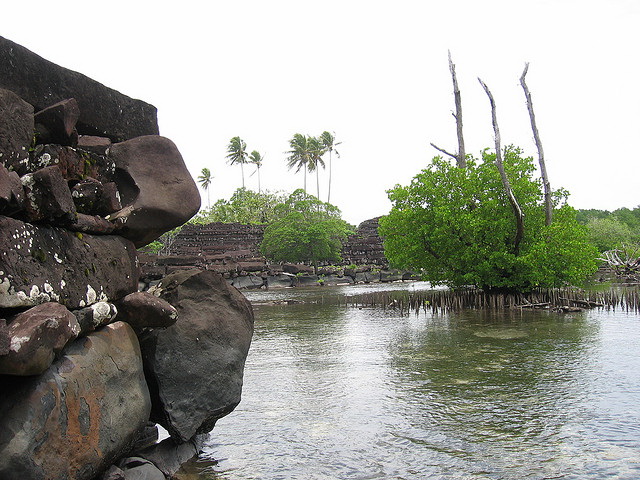
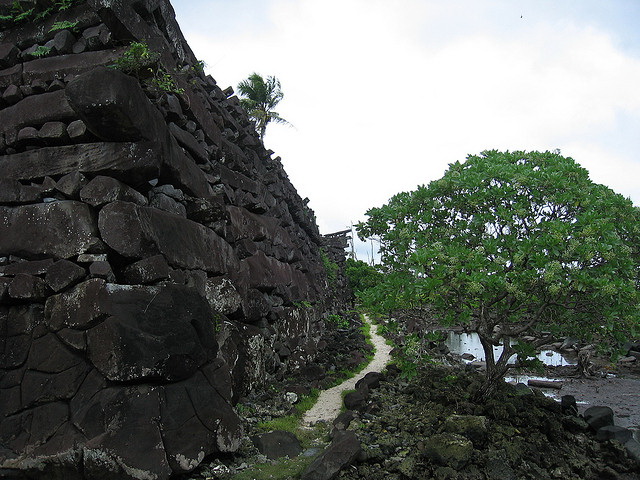
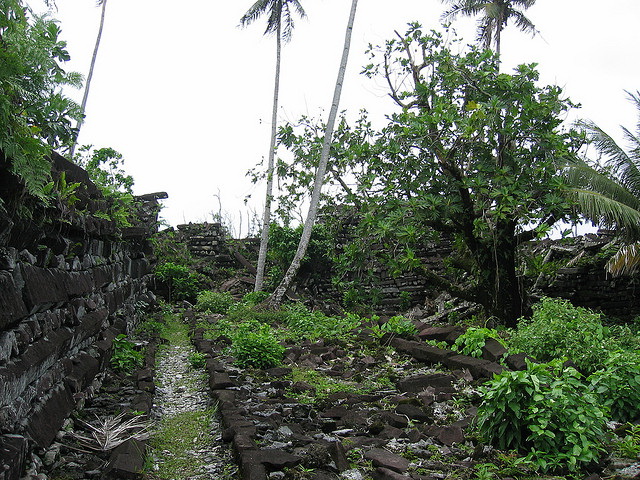
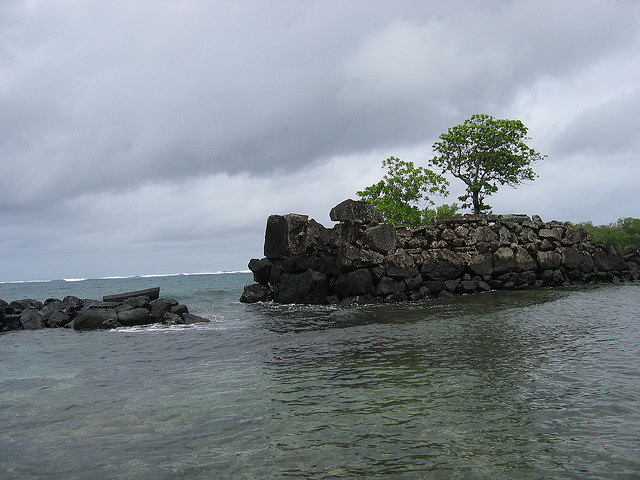
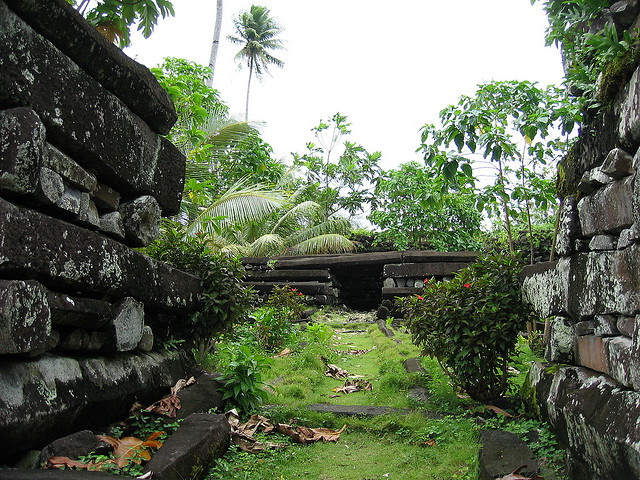
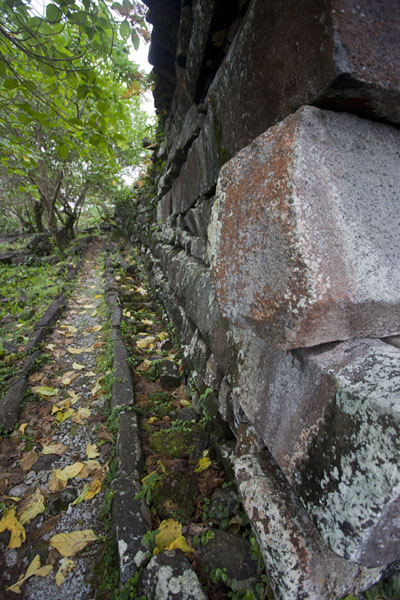
A Treasure in Danger
Nan Madol has been added to the List of World Heritage in Danger.
Climate change poses significant threats to Nan Madol, including sea-level rise, increased erosion, and saltwater intrusion.
These impacts can lead to the destabilization and deterioration of the site’s structures, as well as the loss of invaluable archaeological artefacts and ecological values.
Action Now
Nan Madol may continue to face climate change and other threats. This may lead to damage or destruction of parts of the site.
The implementation of conservation measures and international cooperation will be essential to mitigate damage to the site and preserve its cultural values.
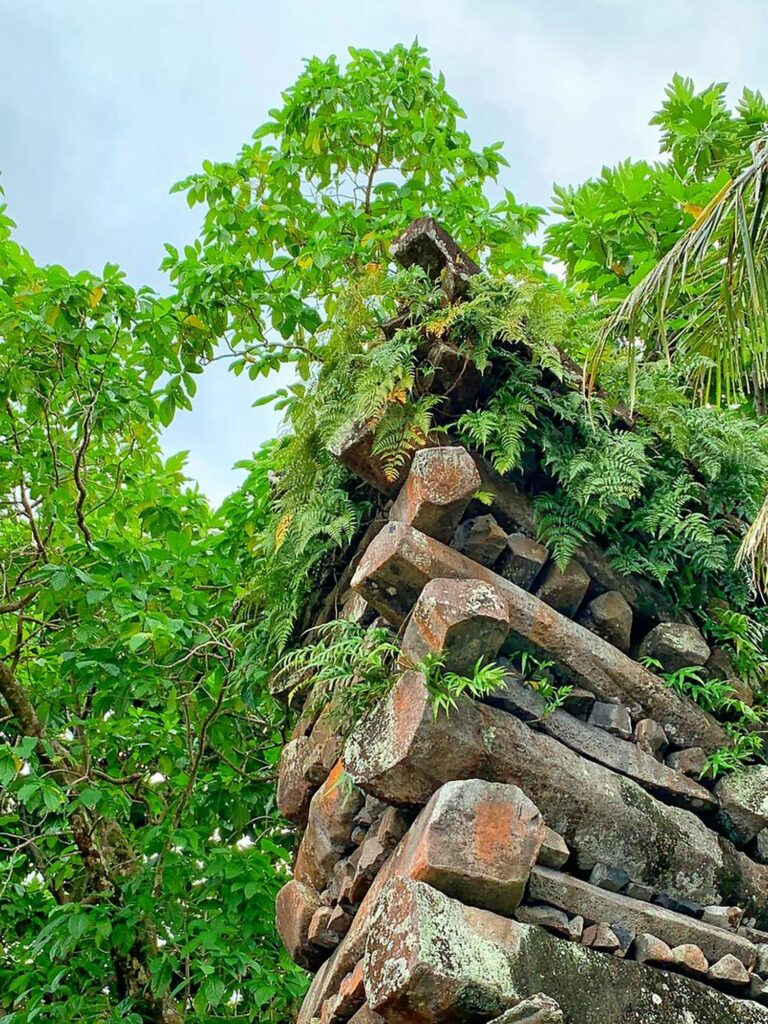
© 2023 IS5110. All Rights Reserved.
